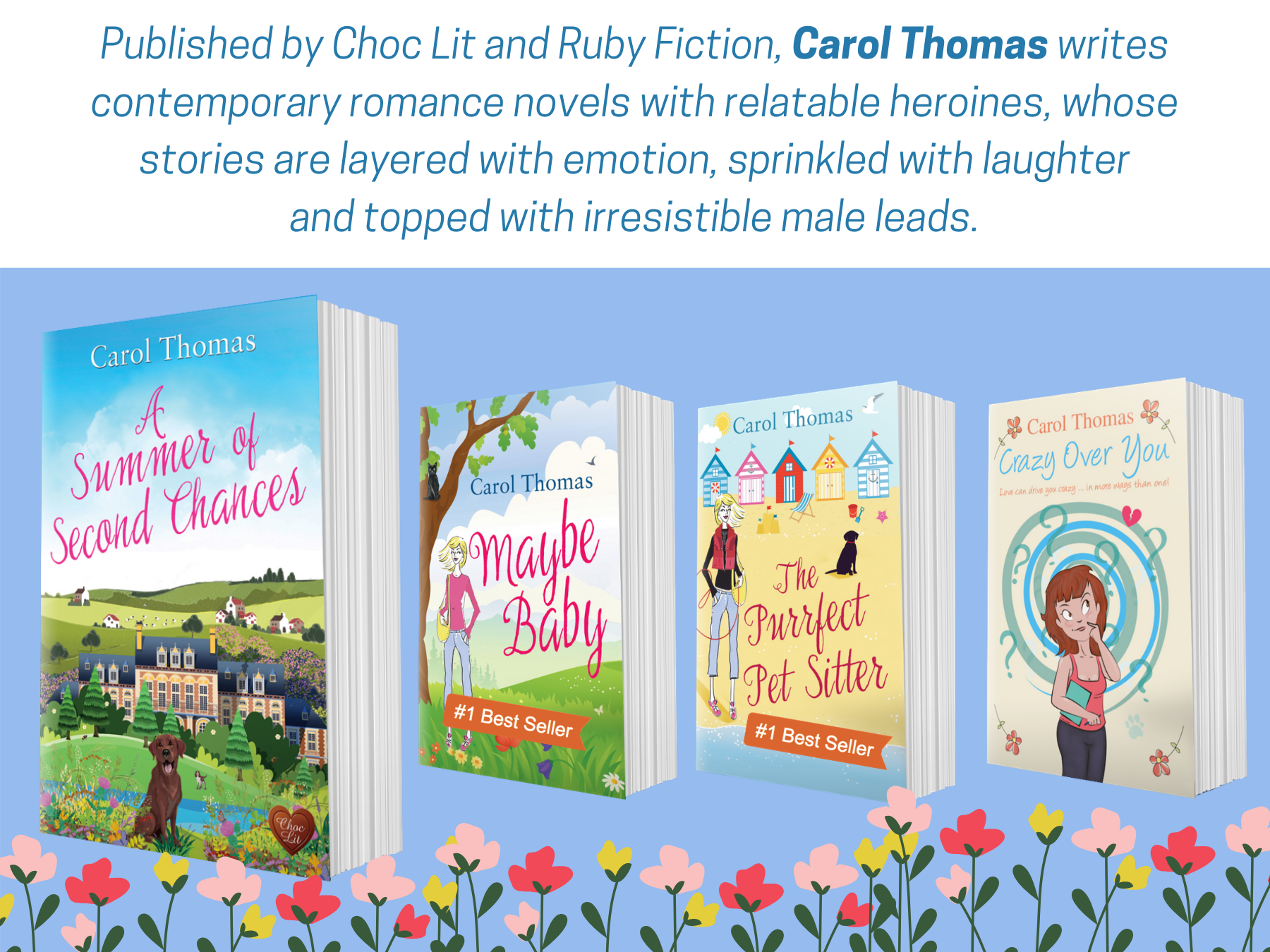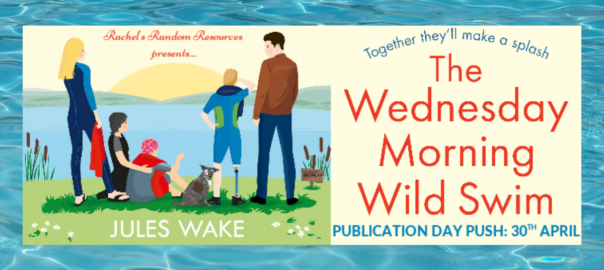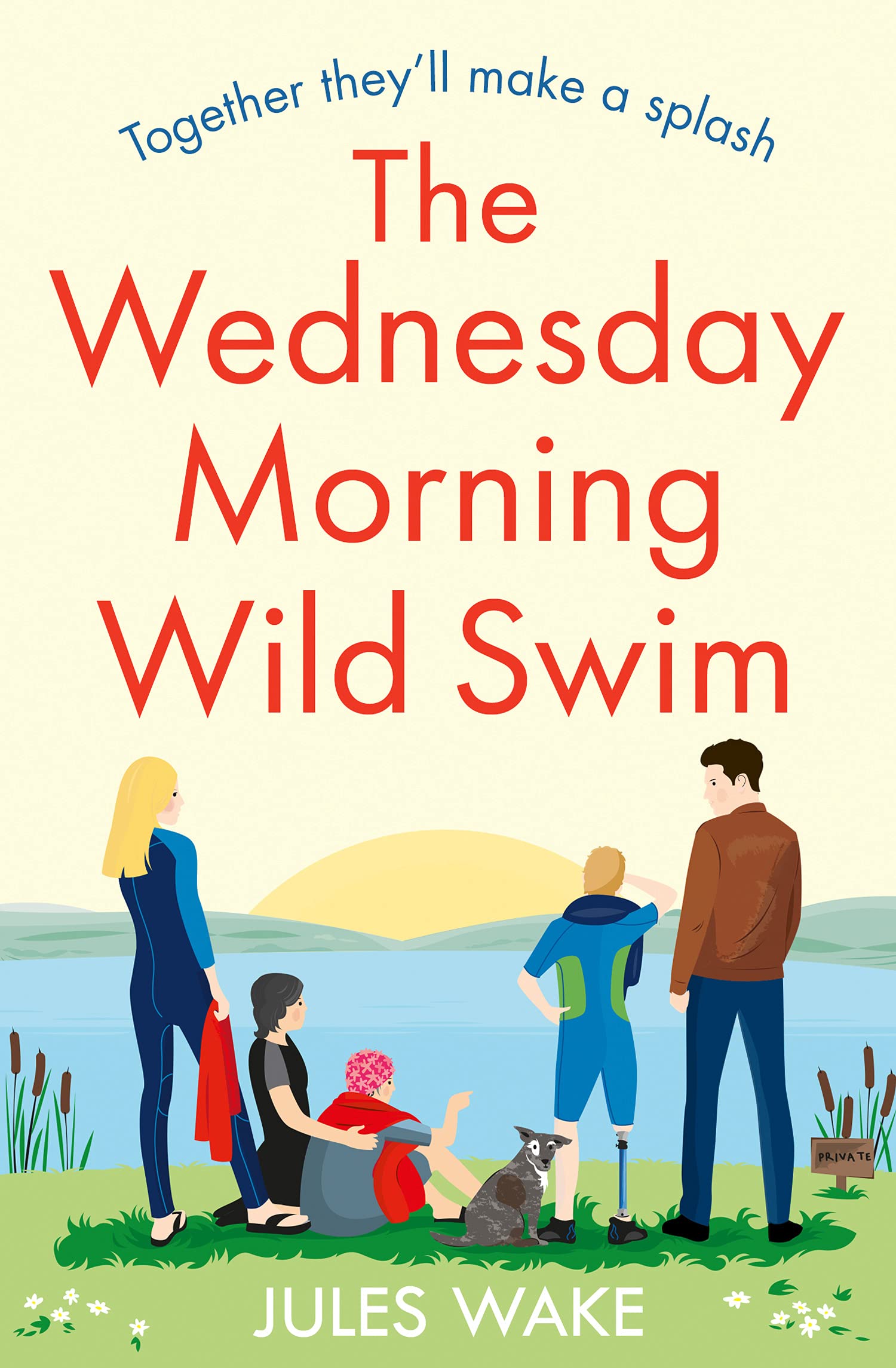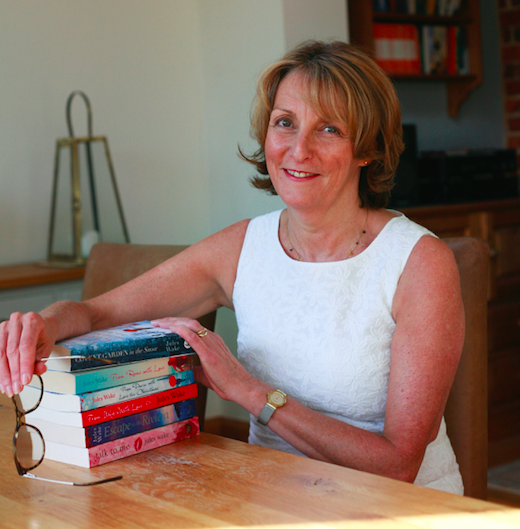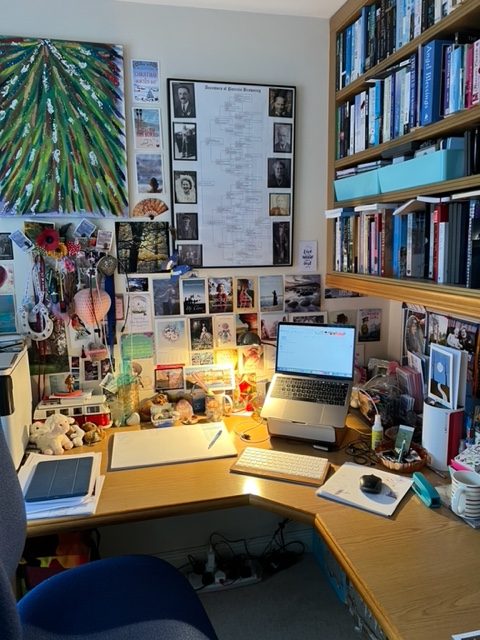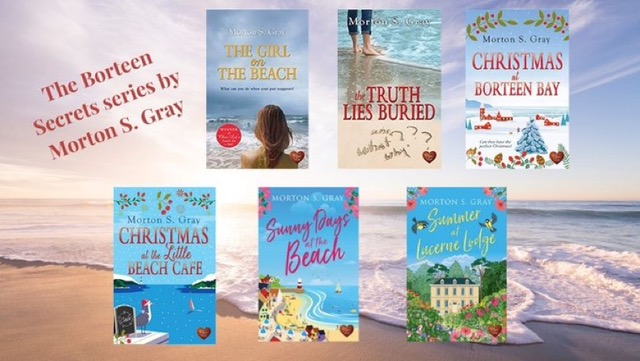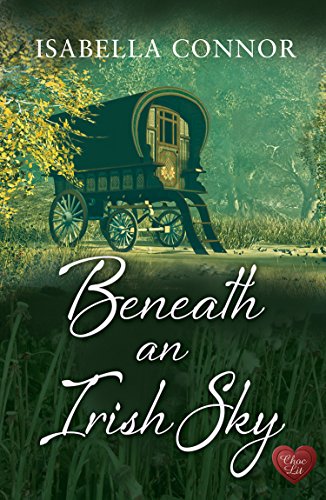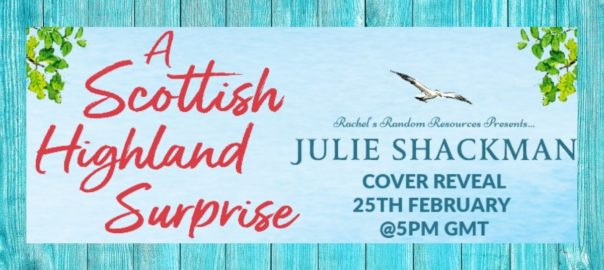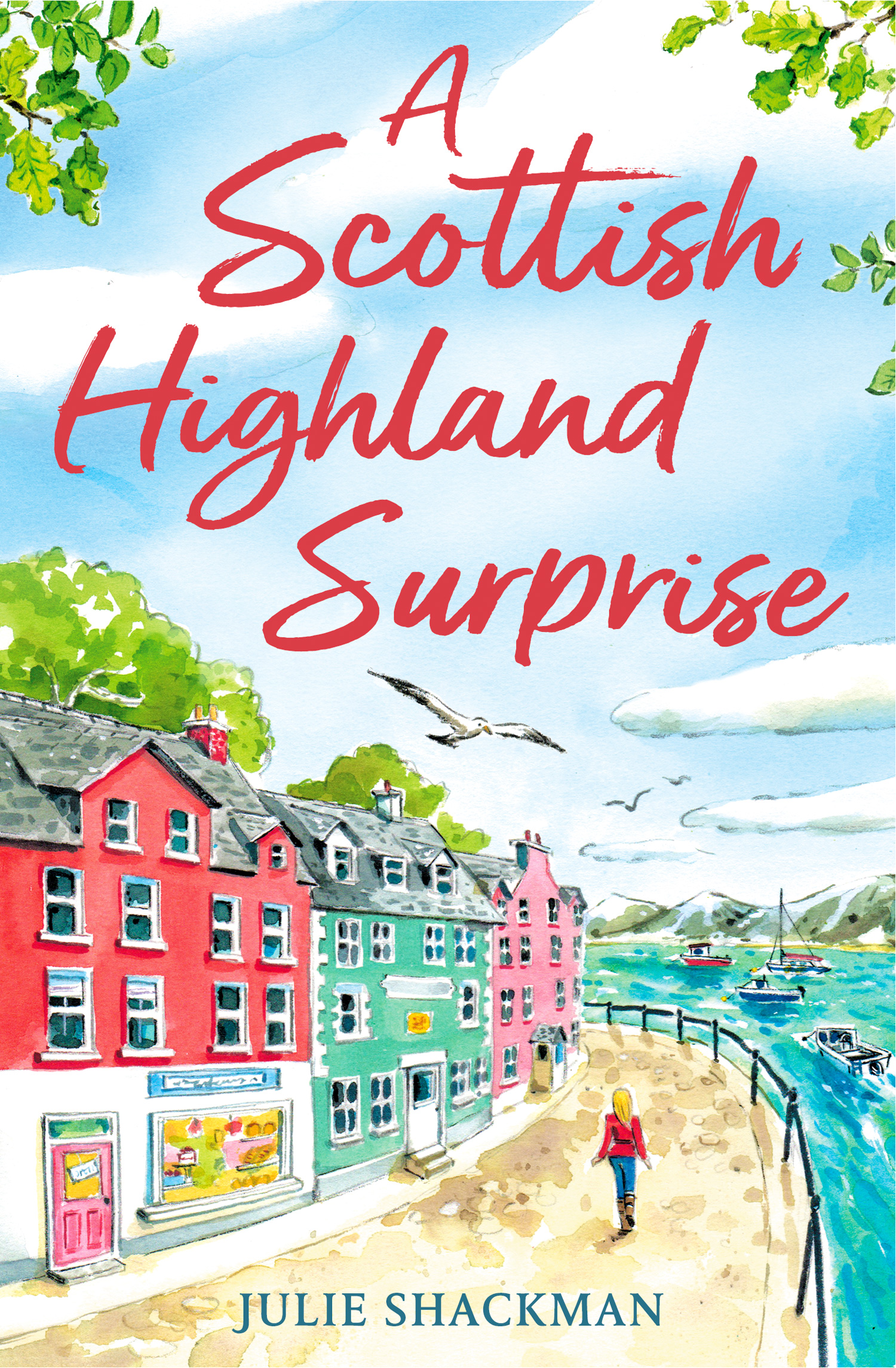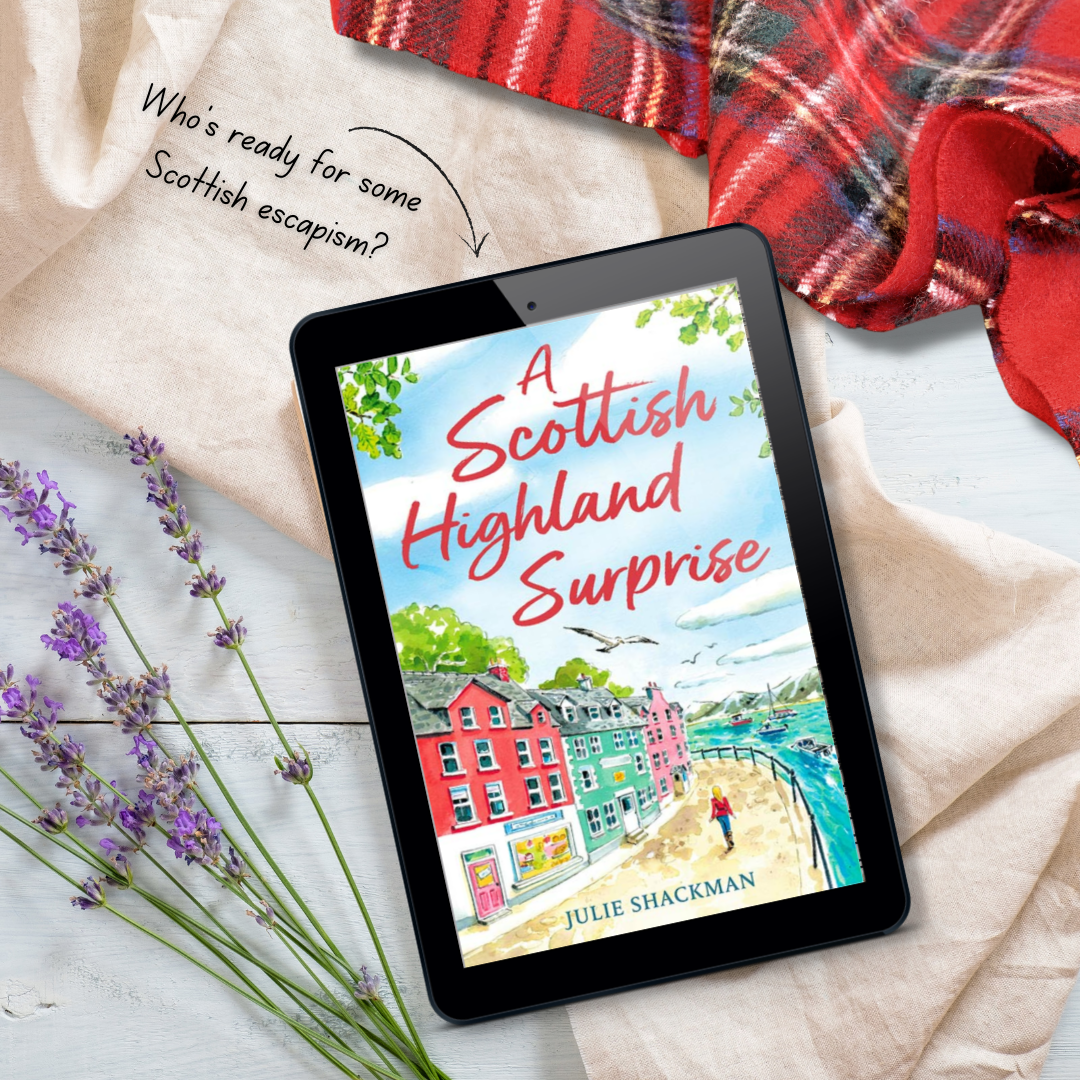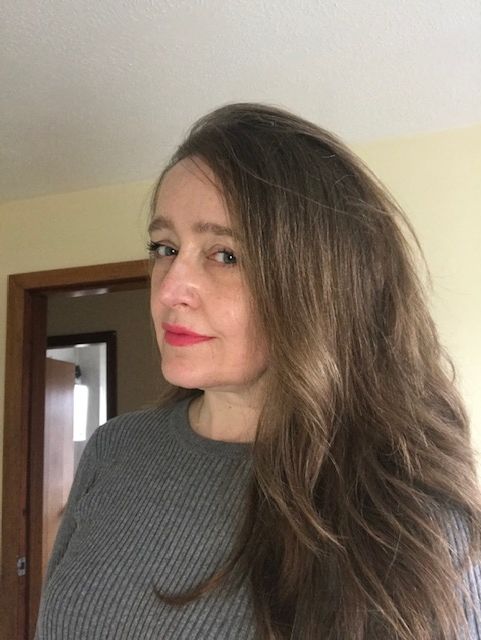Welcoming Angela Petch to my blog as she shares the settings from The Postcard From Italy, her latest historical novel, released this week.
Over to you, Angela …
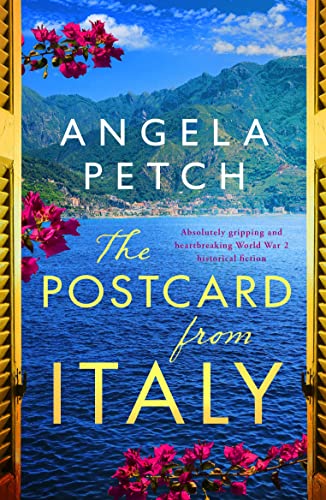
In Writing Down the Bones, Natalie Goldberg states: “When you are not writing, you are a writer too.”
My senses are constantly on alert and if a setting captivates me, I will use it. This happened in Puglia three years ago. I was enchanted by this beautiful region in southern Italy. As it was also where an uncle, my mother’s only brother, had been based with the RAF for a while during World War Two, I was further driven to use it as the background for a new book. Sadly, my uncle’s plane was shot down but I imagined Uncle Billy into a story where he survived.
The Apulian coastline around the Gargano peninsula, full of hidden coves, is where I had him arrive in The Postcard from Italy. He washes up like the driftwood and sea glass that my heroine scavenges. But she didn’t expect to find human flotsam.
I haven’t been faithful geographically: I’ve selected features that do not truly belong in Gargano and used artistic licence to transpose them. So, the trabucchi – or fishing platforms: strange wooden structures, have been moved further down the coast, but I absolutely needed them for my book.
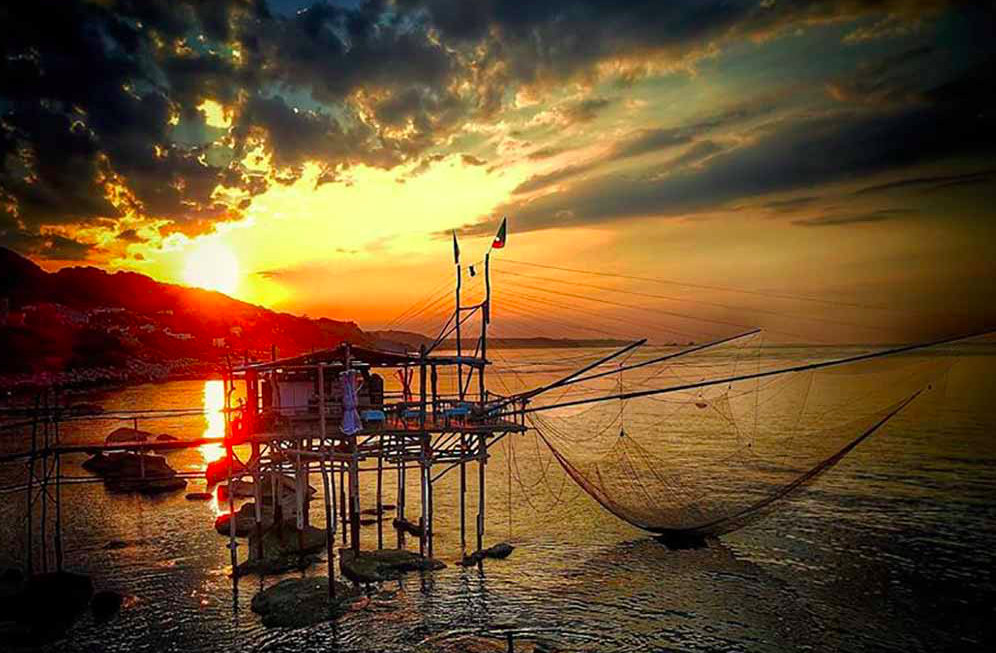
Similarly, the characteristic conical stone buildings called trulli needed to appear in my story.
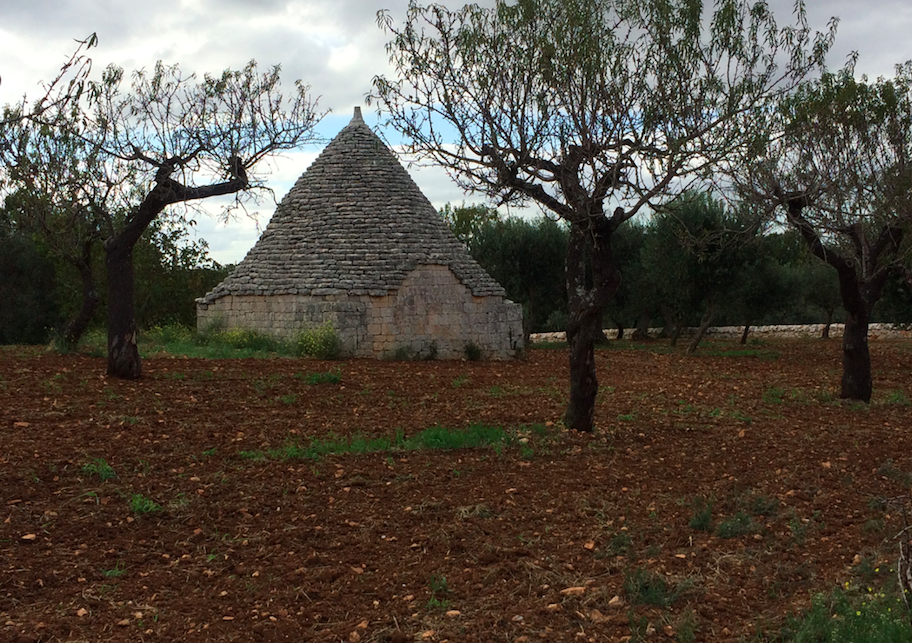
They are generally further inland, but I wanted my heroine to live in one. An ordinary stone house would not do.
In his chapter ‘What are you looking at?’ from The Creative Writing Course book edited by Paul Magrs and Julia Bell, he writes:
“As writers, we really need to slow down a little, take stock, and really think about why our direction is drawn in this direction or that.”
I use details that attract me to embellish my stories and to, hopefully, attract my readers too. Some might know Puglia really well and query my geography, just as some people do not like abstract art or a painter’s individual interpretations.
My husband and I have stayed twice in a particular B & B which I adore. The owner, Isabella, only has two rooms and I’d love to return (11) B&B Alla Canale, Guest House sul mare – Vasto – CH alone for a writing week when I can afford to. Hidden down a dirt track, it sits on the cliffs with an infinity view over the sea. The sunsets are spectacular and I feel emotional even thinking about it. I used this setting for a particularly poignant part of the story.
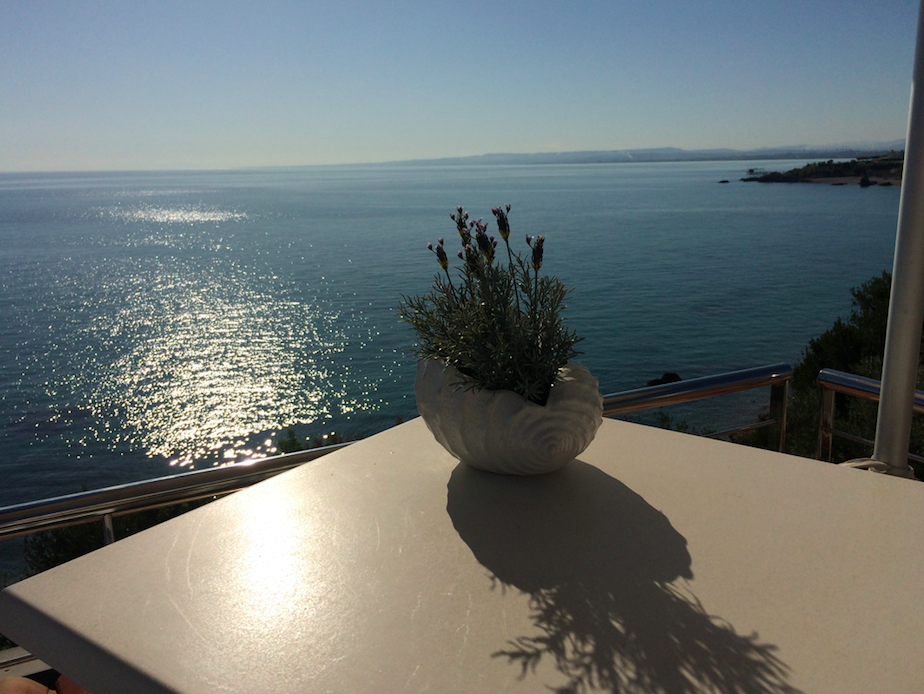
Similarly, a converted masseria (fortified farmhouse) typical of the area is my main Apulian setting, which appears both in the past and contemporary timelines. I changed very little of the quirky décor and unusual details and I needed this setting to reflect a sense of mystery. Discover more here: Home – Masseria Barone Gambadoro.
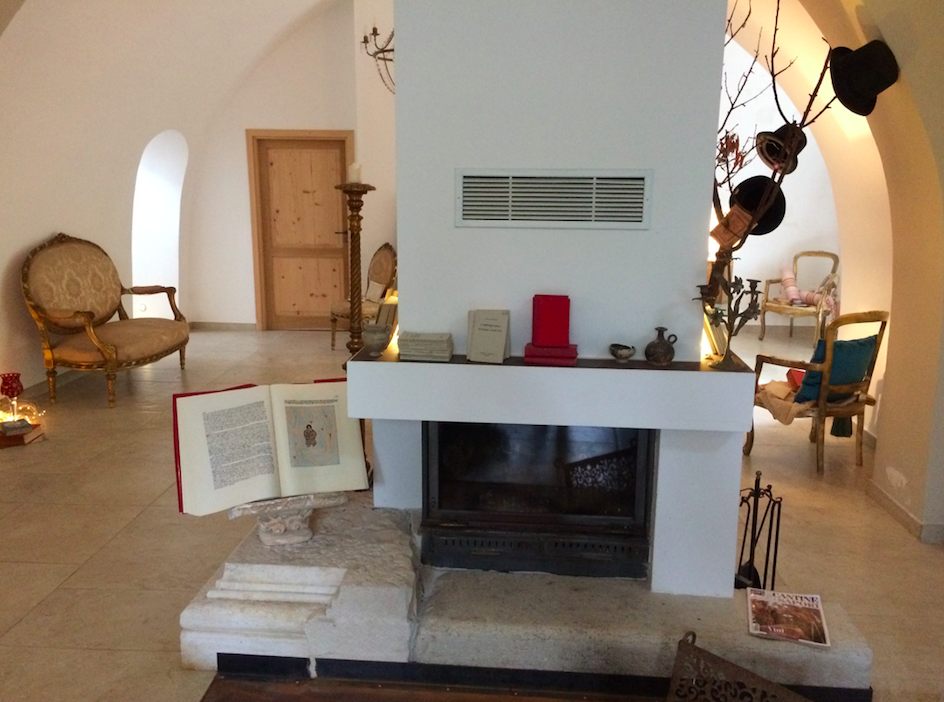
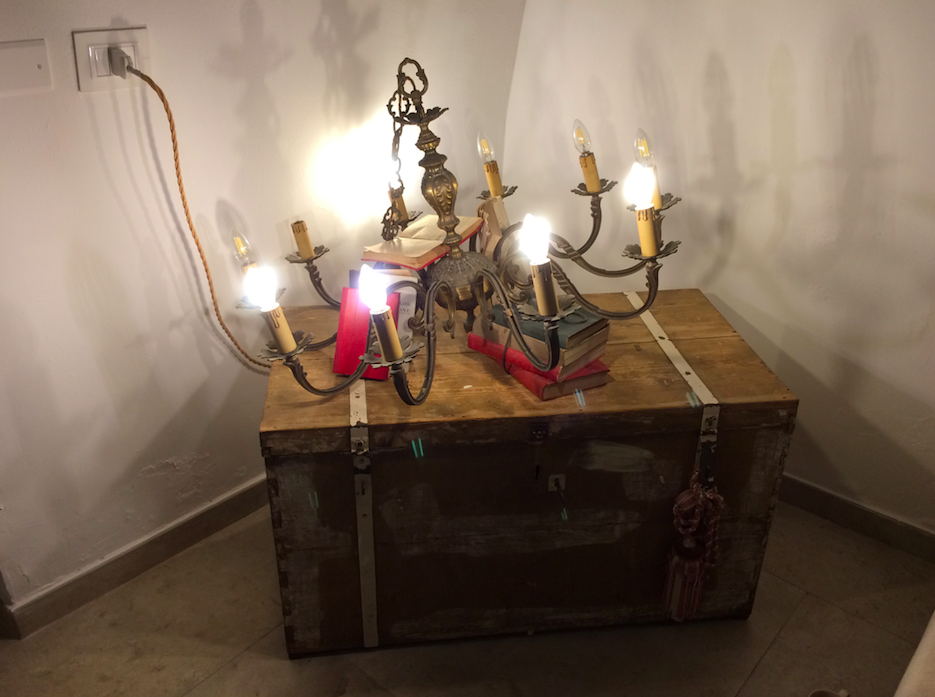
I wrote The Postcard from Italy during both lockdowns, when we were unable to travel, but I travelled vicariously back there whilst writing. I hope my readers will lose themselves in my settings and escape for a while.
More about The Postcard from Italy:
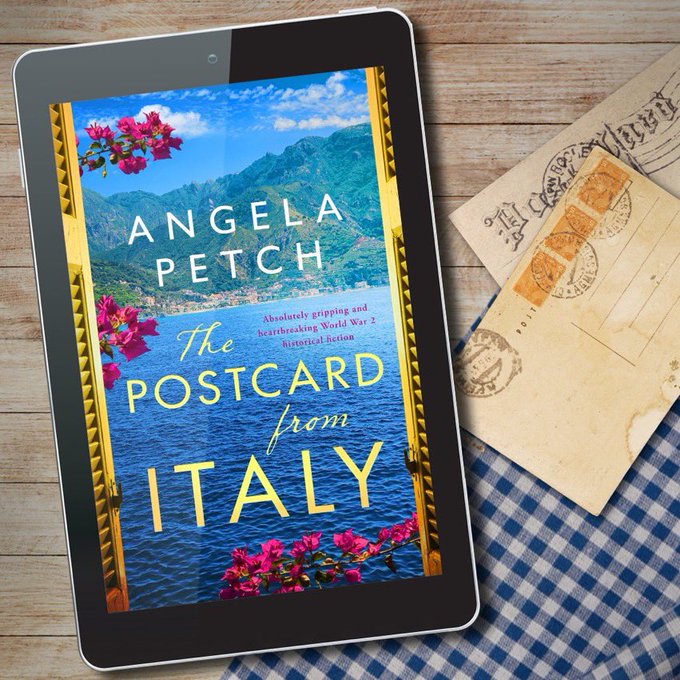
Italy, 1945. ‘Where am I?’ The young man wakes, bewildered. He sees olive trees against a bright blue sky. A soft voice soothes him. ‘We saw you fall from your plane. The parachute saved you.’ He remembers nothing of his life, or the war that has torn the world apart… but where does he belong?
England, present day. Antique-shop-owner Susannah wipes away a tear as she tidies her grandmother’s belongings. Elsie’s memories are fading, and every day Susannah feels further away from her only remaining family. But everything changes when she stumbles across a yellowed postcard of a beautiful Italian stone farmhouse, tucked away in Elsie’s dressing table. A message dated from World War 2 speaks of a secret love. Could her grandmother, who never talked about the past, have fallen for someone in Italy all those years ago?
With Elsie unable to answer her questions, Susannah becomes determined to track down the house and find a distraction from her grief. Arriving at what is now a crumbling hotel by the sparkling Italian sea, she feels strangely at home. And after an unexpected encounter with handsome wine waiter Giacomo, she can’t tell if it’s his dark eyes or his offer to help solve her mystery that makes her heart race.
Together they find a dusty chest tucked in a forgotten corner of the building. The white silk of a World War 2 parachute spills out. And the Royal Air Force identity tag nestled in the folds bears a familiar name…
With Giacomo by her side, and before it’s too late for her grandmother, can Susannah discover the truth behind a shocking wartime secret at the heart of her family? Or will it tear her apart?
Discover more about Angela Petch’s novels: The Tuscan House | The Postcard From Italy | A Tuscan Memory |The Tuscan Girl | The Tuscan Secret |

And, while not based in Italy, don’t forget Angela’s wonderful charity novel, Mavis and Dot. All proceeds from this novel go to vital research into Cancer.
Thank you so much for the wonderful post, Angela. It is always a pleasure to have you on my blog. xx
About the author:
Published by Bookouture, Angela Petch is an award winning writer of fiction – and the occasional poem.
Every summer she moves to Tuscany for six months where she and her husband own a renovated watermill which they let out. When not exploring their unspoilt corner of the Apennines, she disappears to her writing desk at the top of a converted stable. In her Italian handbag or hiking rucksack she always makes sure to store notebook and pen to jot down ideas.
The winter months are spent in Sussex where most of her family live. When Angela’s not helping out with grandchildren, she catches up with writer friends.
Angela’s gripping, WWII, Tuscan novels are published by Bookouture. While her novel, Mavis and Dot, was self-published and tells of the frolics and foibles of two best-friends who live by the seaside. Angela also writes short stories published in Prima and People’s Friend.
You can discover more about Angela Petch and her writing here: Facebook | Twitter | website | Amazon | Apricot Plots
